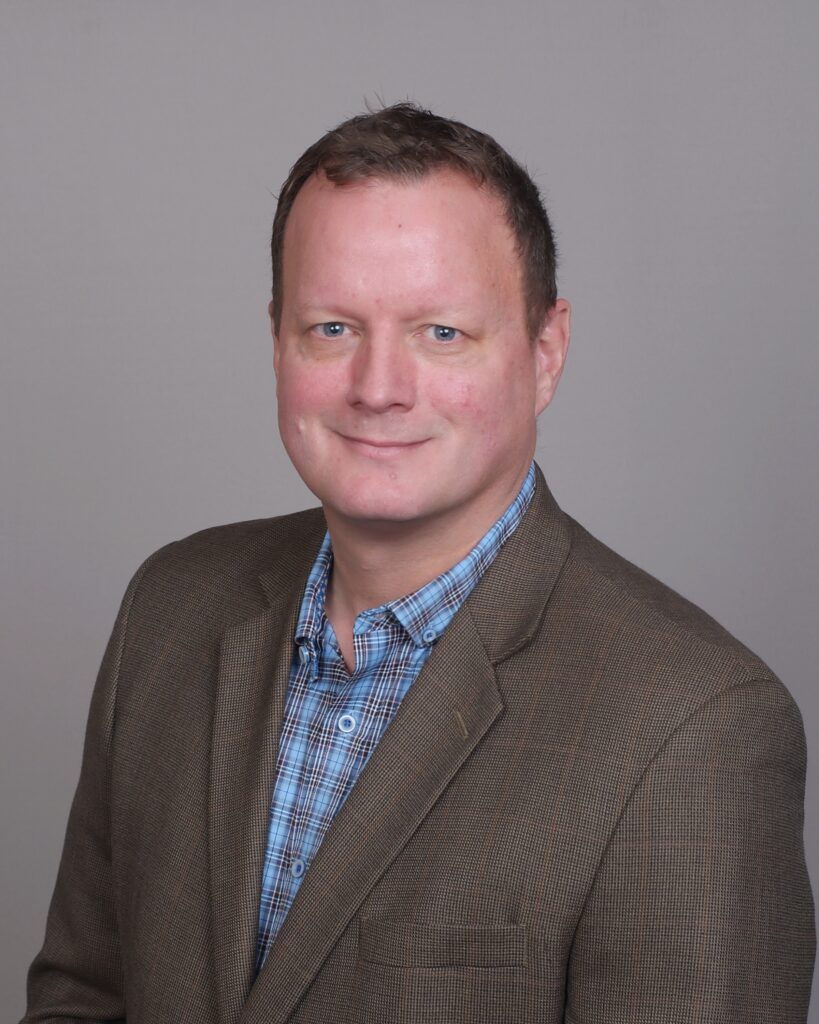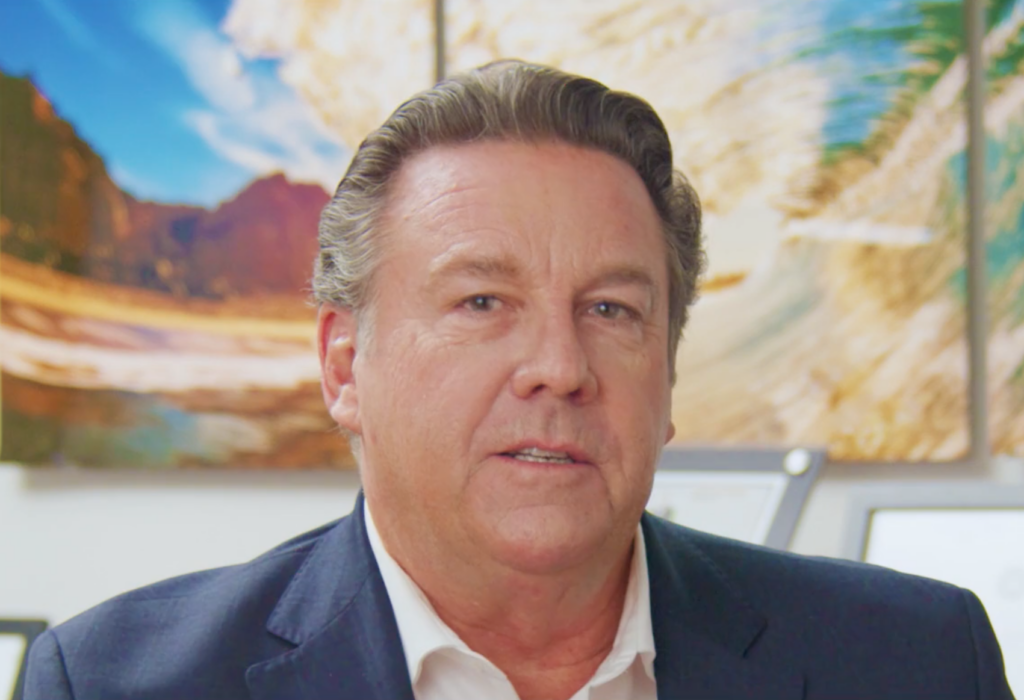Reverse mortgage lenders are optimistic about the recently-announced rise of the Home Equity Conversion Mortgage (HECM) lending limit to $970,800 in 2022, but one thing that comes to mind for some is that proprietary reverse mortgages for years have been offering lending limits of up to $4 million in most cases.
However, the higher lending limit on the HECM side can make a difference for borrowers in a very specific situation, particularly those with higher home values who may be looking for different rate options that proprietary products cannot provide.
This is according to reverse mortgage industry leaders who spoke with RMD about the new limits.
New reverse mortgage limit and more rate access
As previous outreach indicated, reverse mortgage industry leaders are highly optimistic about the increase in the HECM lending limit, since many of them broadly believe that the higher level of loan proceeds will be able to allow the lenders to assist more borrowers.
“I think the increase in the maximum claim amount (MCA) to $970,800 is a great chance for additional borrowers with higher value properties to access the benefits of a HECM,” said Mike Kent, president of Liberty Reverse Mortgage to RMD. “Borrowers with higher value properties that currently have a HECM or proprietary reverse mortgage will have the opportunity to access additional home equity to improve the quality of their retirement years. Overall, it is very good news for new and some existing HECM and reverse mortgage borrowers.”
That optimism was echoed by Joe Stephenson, the recently-appointed president of Open Mortgage based in Austin, Tex.
“Higher lending limits are positive for the market for two primary reasons,“ Stephenson told RMD. “First, they allow for higher benefits to prospective borrowers and second, they provide an opportunity for those borrowers with a reverse mortgage to re-qualify and obtain a new loan, thus taking advantage of those limits.”
At Open Mortgage, the new limit interacting with those two principles has made the company very anticipatory for business in the new year, Stephenson said.
“For 2022, [the new lending limit] suggests a strong production year in terms of market growth and industry sustainability,” he said. “And with continued education around the product and market adoption, more clients can benefit and look to improve upon their retirement funding strategies.”
The general attitude about having the additional latitude to assist more borrowers was also observed by Don Currie, president of HighTechLending. When asked about how proprietary product options could potentially interact with a HECM lending limit of nearly $1 million, Currie quickly acknowledged that the HECM does have one key benefit that any proprietary reverse mortgage simply doesn’t have.
“Most of the restrictions or challenges I’ve had with the proprietary product, although I’m extremely happy that we have them to offer, is the interest rate,” Currie tells RMD. “The interest rate is higher than a HECM. And so, you do have to balance that out when you’re talking to your customer. I think that this is going to open up the lower interest rate levels to [significantly more] Americans that could now have access [to a reverse mortgage], and they can get it at the lower lending rate, the HECM government rates”
Having that ability to at least offer a lower rate to potential borrowers with higher-value homes is something that should enable reverse mortgage lenders to potentially appeal to more borrowers, Currie says.
“They’re now going to have access to low-interest reverse mortgages,” he says. “And if they need more or if they want more, then the proprietary option is there for them. It gives them more options.”
The refinance issue
While refinances can in many cases provide a tangible benefit to both the reverse mortgage borrower and the originator corps, the secondary market side could see a noticeable slowdown if investors begin to view inflated HECM-to-HECM refinance volume as a habitual state of the reverse mortgage business, Currie said.
“The Achilles’ Heel to this increase in the principal limit is the churning of pipelines and the HECM-to-HECM refis,” Currie tells RMD. “I think that our investors have been incredibly generous, for years now, when it came to compensation for these loans because they expect them to stay on their books for years. And if as an industry we begin to systematically pay off the HECMs that the investors have so generously paid us for, they’re going to stop doing that.”
Investors will run the numbers on their end and if they notice that reverse mortgage refinances reach the level of a regular, industry-wide practice, they will cease paying the amount of premiums the industry is seeing right now, Currie explains. In a lunch with another industry executive, Currie recalled the concept of “shooting yourself in the foot” coming up during the discussion. That could be what certain lenders are doing if they accelerate the refinancing of loans, he said.
“If you churn it and continue to, [the investors are] going to pay less for those loans,” he says. “And so the term ‘don’t shoot yourself in the foot’ is something that we should all take into consideration. We have to have a good mix of borrowers who are new to the reverse industry, and we have to be benefiting seniors that already have a reverse mortgage. But to just go for the low-hanging fruit of just HECM-to-HECMs is going to be damaging.”
Look for additional perspective on the reverse mortgage lending limit from industry analysts in the coming days from RMD. Read ML 2021-29.








